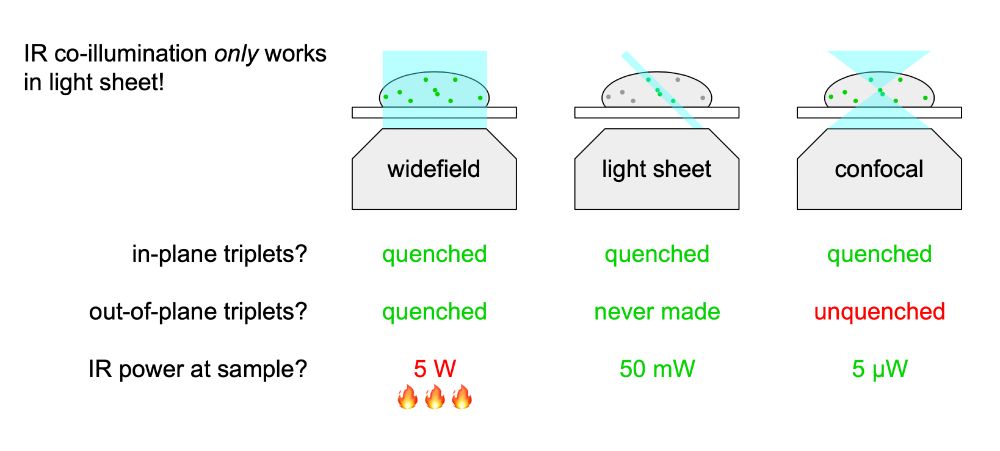Tanner Fadero
@tanner-fadero.bsky.social
360 followers
440 following
86 posts
(he/him) Light microscopy scientist interested in developing and deploying better live-cell fluorescence microscopy technology. Tweets about microscopy🔬, cell biology, and optics. Conflicts of interest: http://tinyurl.com/y25ctubo
Posts
Media
Videos
Starter Packs
Reposted by Tanner Fadero
Reposted by Tanner Fadero
Tanner Fadero
@tanner-fadero.bsky.social
· Aug 30
Tanner Fadero
@tanner-fadero.bsky.social
· Aug 30
Reposted by Tanner Fadero
Tanner Fadero
@tanner-fadero.bsky.social
· Aug 29
Tanner Fadero
@tanner-fadero.bsky.social
· Aug 21
Tanner Fadero
@tanner-fadero.bsky.social
· Aug 21
Tanner Fadero
@tanner-fadero.bsky.social
· Aug 21
Tanner Fadero
@tanner-fadero.bsky.social
· Aug 20
Tanner Fadero
@tanner-fadero.bsky.social
· Aug 19
Tanner Fadero
@tanner-fadero.bsky.social
· Aug 19
Tanner Fadero
@tanner-fadero.bsky.social
· Aug 19
Tanner Fadero
@tanner-fadero.bsky.social
· Aug 19







